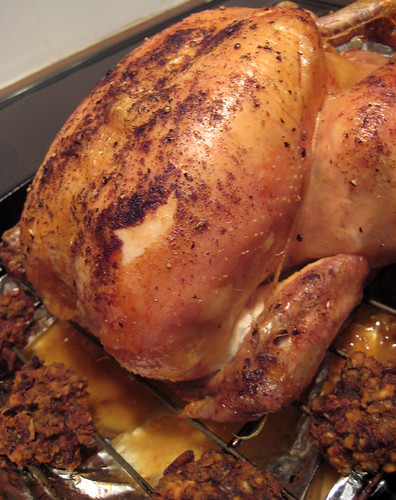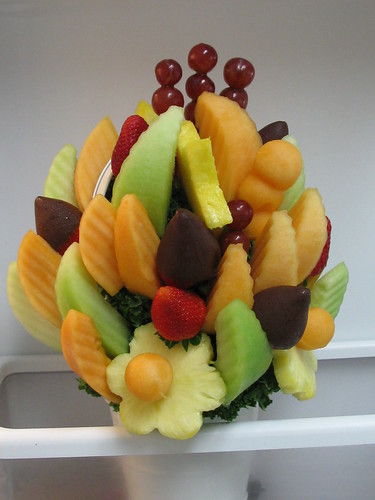
Thinking of a unique bonding moment with your children? Try vegetable gardening. Many parents would attest to the numerous benefits consequential to this activity. Now let me share with you our family’s vegetable gardening experiences.

Even before we got married, my husband and I have dreamed of establishing our own organic vegetable farm. Being both advocates of environment protection and healthy lifestyle and young professionals who wanted to make money for a decent living, we started tilling a small piece of land only to realize that business doesn’t mix with advocacy. We gave up the business part but the advocacy portion lingered in our hearts.
Wherever our family resides, vegetables are grown in the backyard whenever feasible. This is quite difficult especially for working parents, but we always try to give it time and effort because the harvest is more than the vegetables as you can see later in this article.
To guarantee harvest with less effort and minimal input (no pesticide and no synthetic fertilizer), we choose local varieties and low-maintenance vegetables like sweet potato, okra or lady finger, native pechay, native tomatoes, spring onion, radish, eggplant and string beans. We were also successful with an open pollinated variety of sweet corn. We tried cucumber and a cold-loving bean variety...we harvested some but lost many due to insect infestation and poor growth. Still worth the try...we had no regrets because this is how we learn and validate theories.
When our kids were smaller, they only observed us as we work in garden. But the best part of this journey was when they were old enough (4 years old in their case) to join us and also when the garden space got bigger. We usually spend time working together in the garden during weekend mornings, when everybody is available. It is in the process that they learned many things and we parents got to know them better.

 For direct seeded crops, like sweet corn, they were asked to put 3 seeds per hole and to cover it thinly afterwards. Looking at the few holes available, they asked why 3 only and not 10 so they can have more corn later…well, good thinking kids! Lessons regarding competition and how plants obtain their nutrients from the soil were given to answer their query. The life cycle of plants, the importance of sunlight and water were also taught while they wait for the seeds to emerge as seedlings.
For direct seeded crops, like sweet corn, they were asked to put 3 seeds per hole and to cover it thinly afterwards. Looking at the few holes available, they asked why 3 only and not 10 so they can have more corn later…well, good thinking kids! Lessons regarding competition and how plants obtain their nutrients from the soil were given to answer their query. The life cycle of plants, the importance of sunlight and water were also taught while they wait for the seeds to emerge as seedlings.
Asking them to water the plants that have emerged or wet the soil where they placed the seeds was never a big issue. At a very young age, they became aware of the needs of plants and how to provide for those needs. They became more gentle and caring as they realize that even plants have needs, too. Besides, this is a chance to play with water…hmmm, what a nice excuse for them to wet their feet, legs...and oh no their shorts as well! Pretty clever eh!
In the beginning of our every gardening session they are too active and overjoyed because they feel like playing, exercising and getting them dirty (that’s how we put it), yet accomplishing something. Towards the end, they get so sweaty and feel so tired. This is the time they reflect and appreciate the farmers’ hard work to make sure the rest of the people can have food on their tables. I feel so proud having heard that from my own children.
Patience is observed…of course planting is not like magic that you get to harvest in one flick. They visit the garden from time to time waiting for the fruits of their labor. They observe the insects visiting to pollinate or to get a little share filling their tiny tummies with the veggies or to feed on other insects feeding on the veggies. This is also an opportunity to introduce trophic relations and other ecological concepts. You might think that it is too early for these concepts, but they are actually very receptive.
Harvest time is fun time!!! My children get to pull their veggies from the soil, or remove them from the stalk. They can’t hide the thrill…the proud feeling that they contributed a little something for the plant to grow from seed to an edible vegetable. For us parents, we relish on the peace of mind that what we are going to partake is safe even if eaten raw. This gardening activity also helped encourage healthy food preference in our children. They are always excited to eat vegetables, especially their own harvest.

Why did I say we got to know our children better with this experience? It became clearer that our daughter is more of a conformist or a parent-pleaser and a hardworking fellow. She has consistently been very cooperative and strictly follows our every instruction on how to do things in the garden. Our son on the other hand, spends some time observing us first and how we do things before he decides to work with us. Apparently, he was figuring in his mind how to make the tasks easier for everybody. It was the innovator in him refusing to do things the hard way. At the age of 4, working in a small garden, he was thinking of having machines to plant the seeds and to water the plants so we people don’t get too tired. Was this plain laziness or an amazing gift that my son have? I sure hope it’s the latter =)






























